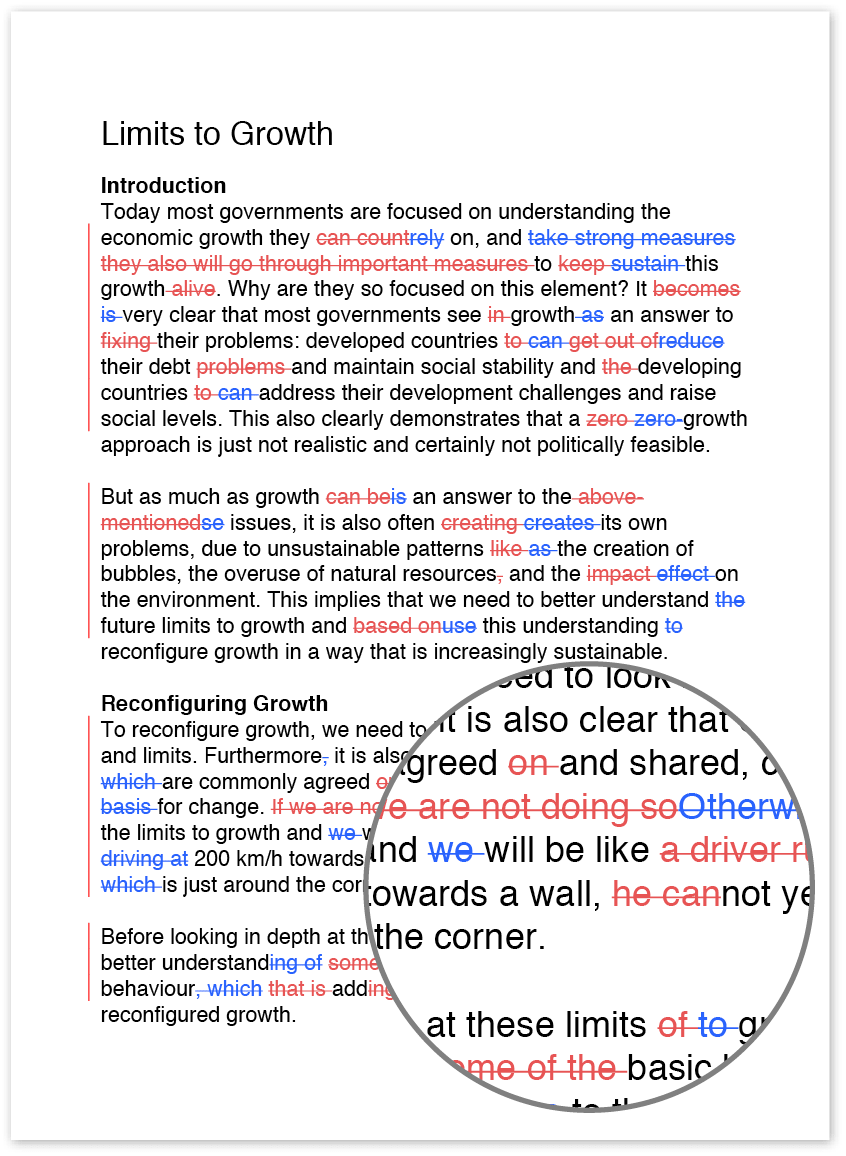English writing techniques
You can use several different writing techniques to make your writing more engaging and exciting– and keep your audience reading until the end of your piece. The list below includes just a few literary and narrative writing techniques you can try the next time you’re writing and you want to try something new.
Alliteration and assonance
Loved by writers and readers, alliteration and assonance are classic writing techniques in your toolbox. To tell a tale that tantalizes the throngs, try alliteration, which refers to using the same sound, usually a consonant, at the beginnings of words near each other in a sentence.
Conversely, assonance is the use of vowel sounds within words near each other in a sentence, such as the long ‘e’ and ‘i’ sounds in ‘The Raven’ by Edgar Allen Poe: ‘Once upon a midnight dreary, while I pondered, weak and weary…’
Hyperbole
Hyperbole is the best, most exciting literary writing technique authors can use. Well, not really.
It involves using exaggeration to make a point or get an idea across to your reader. Have you ever heard someone say they had to ‘wait forever’ for something to happen? They were using hyperbole. We can find an example of hyperbole in W.H. Auden’s ‘As I Walked One Evening’: ‘I’ll love you, dear, I’ll love you / Till China and Africa meet’. China and Africa would never meet in the narrator’s lifetime; thus, he’s using exaggeration to show that he will love the person he’s speaking to for his entire lifetime.
Metaphors
For writers, finding a way to compare two things is sometimes a battle. Luckily, they can use metaphors, which are figures of speech in which writers describe or refer to something by mentioning something else. The connection between the two things referred to in the metaphor might not be readily apparent.
Writers have been using metaphors to compare things to each other for a very long time; for example, Shakespeare wrote the famous metaphor ‘All the world’s a stage’. The world isn’t literally a stage; he’s comparing the world to a stage on which men and women are actors, making the line a metaphor.
Similes
Similes are like metaphors, except similes must include a connecting word such as ‘like’ or ‘as’ (you can remember this rule by remembering that ‘simile’ and ‘as’ both have the letter ‘s’ in them); a metaphor, on the other hand, just says that one thing is another thing. A famous example of a simile is from the poem ‘A Red, Red Rose’ by Robert Burns: ‘O my luve’s like a red, red rose, / That’s newly sprung in June’.
Personification
Engaging text jumps off the page and ensnares readers. Using personification, which involves giving a thing, idea, animal, or anything else that isn’t human qualities that are normally associated with people (e.g. text can’t jump).
A famous example of personification comes from E.B. White’s Charlotte’s Web: ‘“You have been my friend,” replied Charlotte, “That in itself is a tremendous thing.”’ In this book, Charlotte, a spider, is given the human ability to speak; note that the personification of animals is sometimes referred to as anthropomorphism.
Foreshadowing
Many great authors have used foreshadowing, a writing technique in which a writer includes hints in the text letting readers know what will happen at the end of the story. These hints can be very clear and forthright, or they can be exceedingly subtle. In an example of very clear foreshadowing, JRR Tolkien included this text in his book The Hobbit, when Gandalf tells Bilbo Baggins and his party: ‘Be good, take care of yourselves—and DON’T LEAVE THE PATH’. Of course, Bilbo and his companions leave the path, which readers can see coming due to the emphasis Tolkien used in the original warning.
Shakespeare’s Romeo and Juliet includes numerous instances of foreshadowing; as one example, we can refer to Romeo’s line, ‘My life were better ended by their hate, than death prorogued, wanting of thy love’. This subtly references the end of the play, in which Romeo and Juliet both end their lives due to their family’s efforts to keep them apart.
Perhaps you’re not writing the next Romeo and Juliet, but these writing techniques should help make your writing more engaging.

